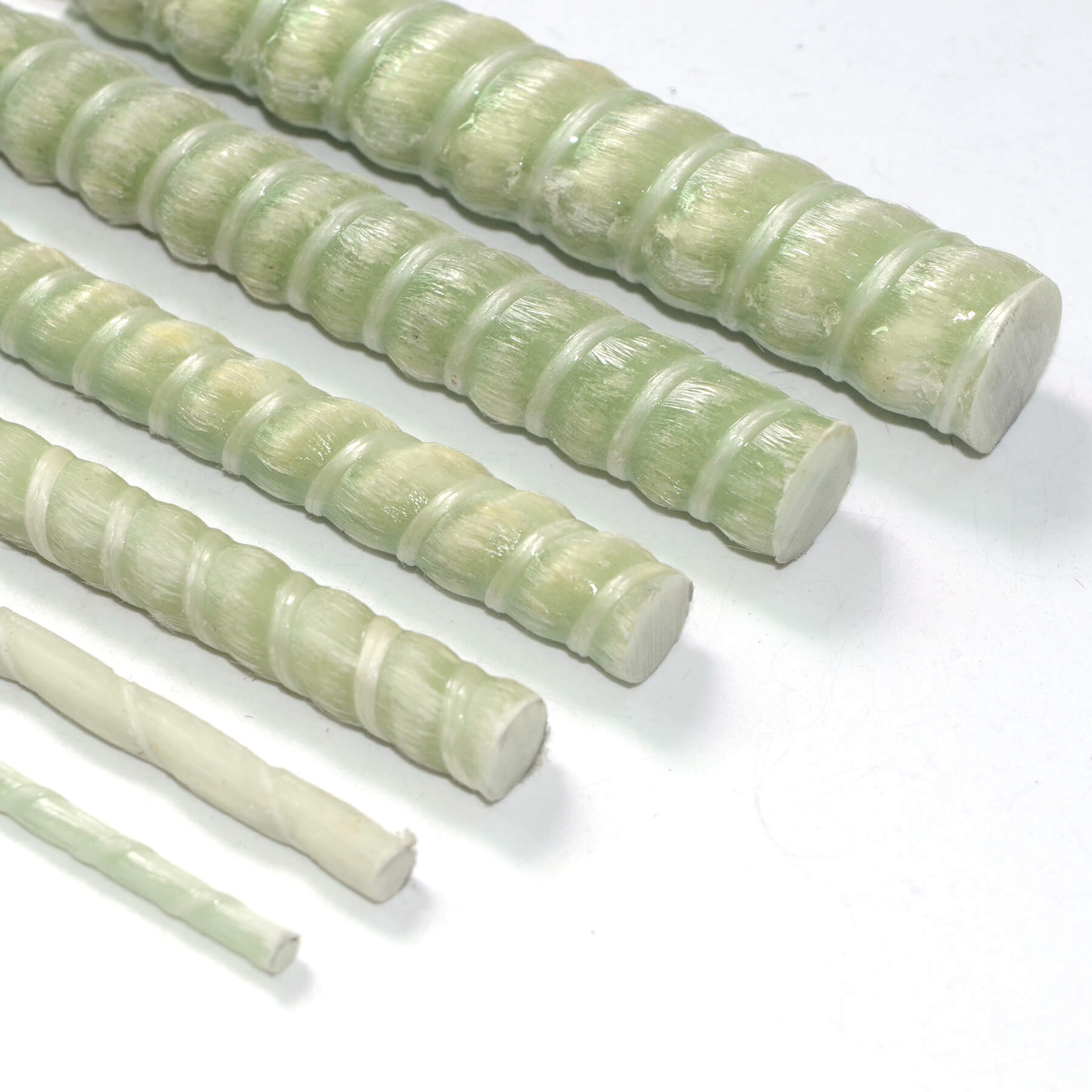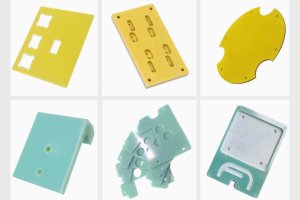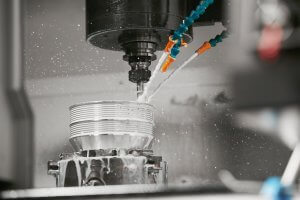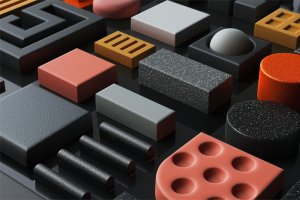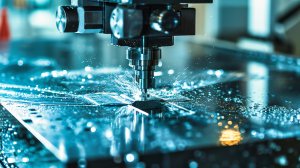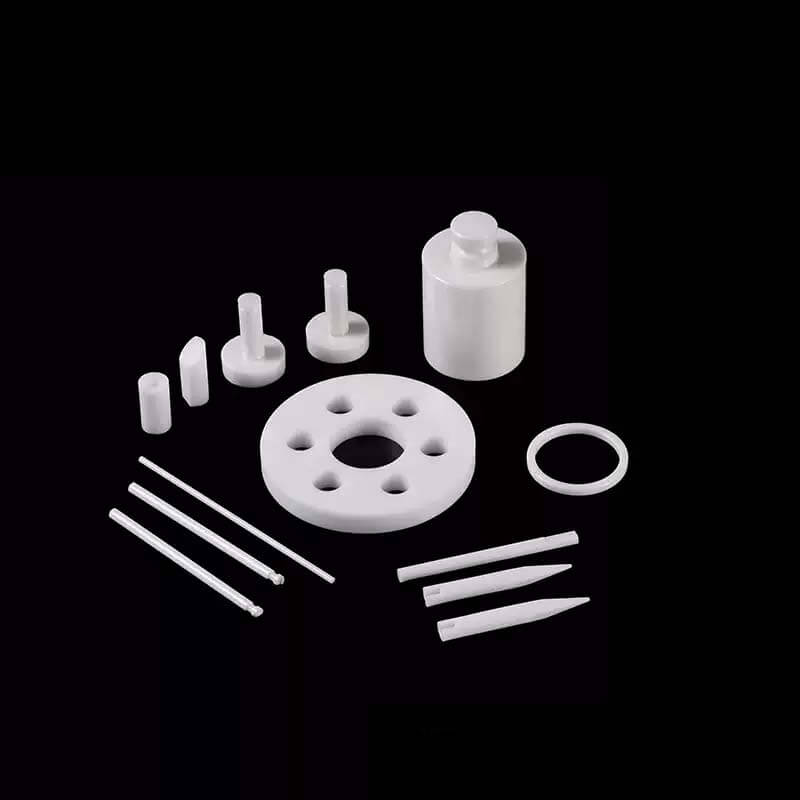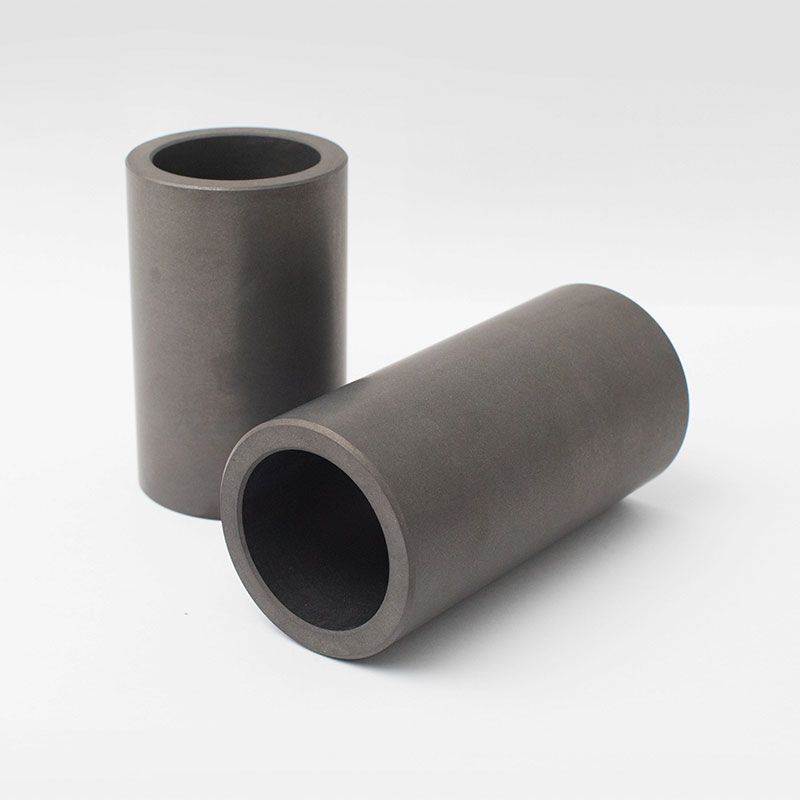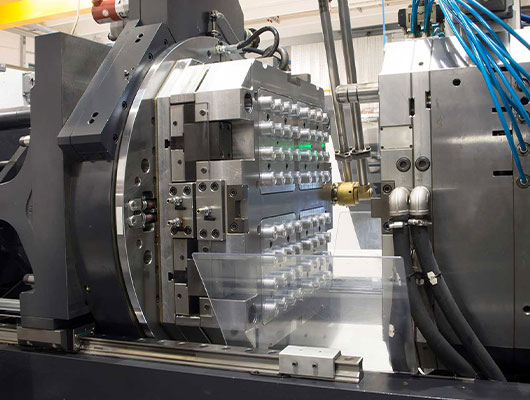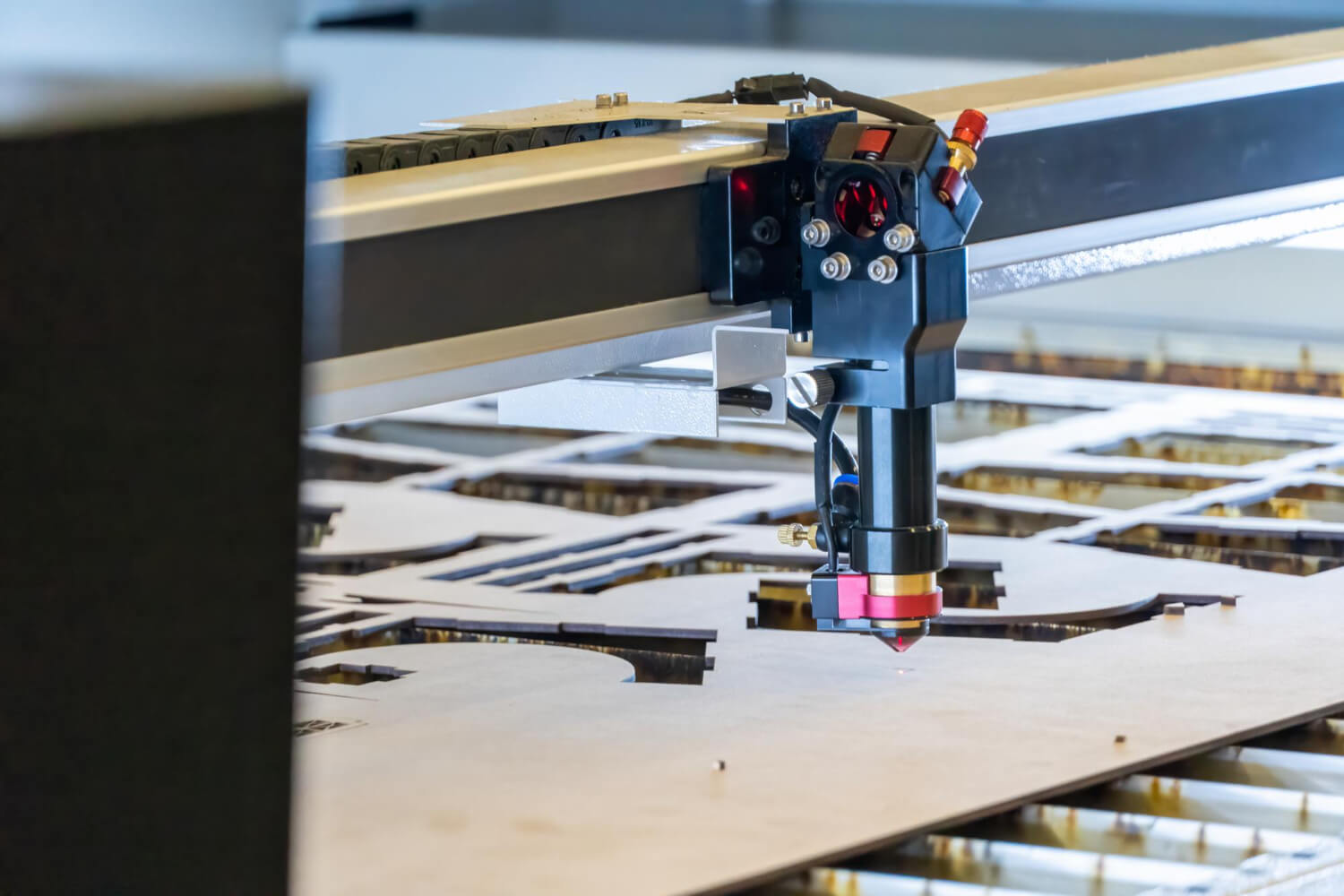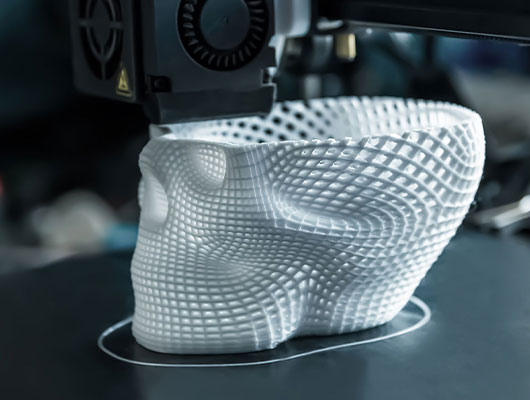Glass Fiber Reinforced Polymer (GFRP) is a composite material made by reinforcing a polymer matrix with glass fibers. The glass fibers, typically composed of silica, alumina, and calcium, are embedded within the polymer matrix to enhance the material’s mechanical properties. GFRP is known for its high strength-to-weight ratio, corrosion resistance, and electrical insulation properties, making it a versatile material in various industries. The polymer matrix, usually made of epoxy, polyester, or vinyl ester, acts as the binder, holding the fibers together and protecting them from environmental factors.
GFRP is widely used in construction, automotive, aerospace, marine, and consumer goods due to its durability, lightweight nature, and cost-effectiveness. In the construction industry, GFRP is used for reinforcing bars, structural beams, and panels, providing a durable alternative to traditional materials like steel and concrete. In automotive and aerospace applications, GFRP is employed in the manufacturing of lightweight components that contribute to fuel efficiency and overall vehicle performance. The marine industry benefits from GFRP’s resistance to corrosion and water absorption, making it ideal for boat hulls, decks, and other marine structures.
Despite its advantages, GFRP also presents challenges, particularly in terms of recycling and disposal due to the difficulty in separating the glass fibers from the polymer matrix. Additionally, GFRP can be prone to issues like fiber pull-out and delamination during machining and handling, requiring careful processing techniques. Nonetheless, GFRP remains a widely used composite material due to its beneficial properties and adaptability across various applications.


